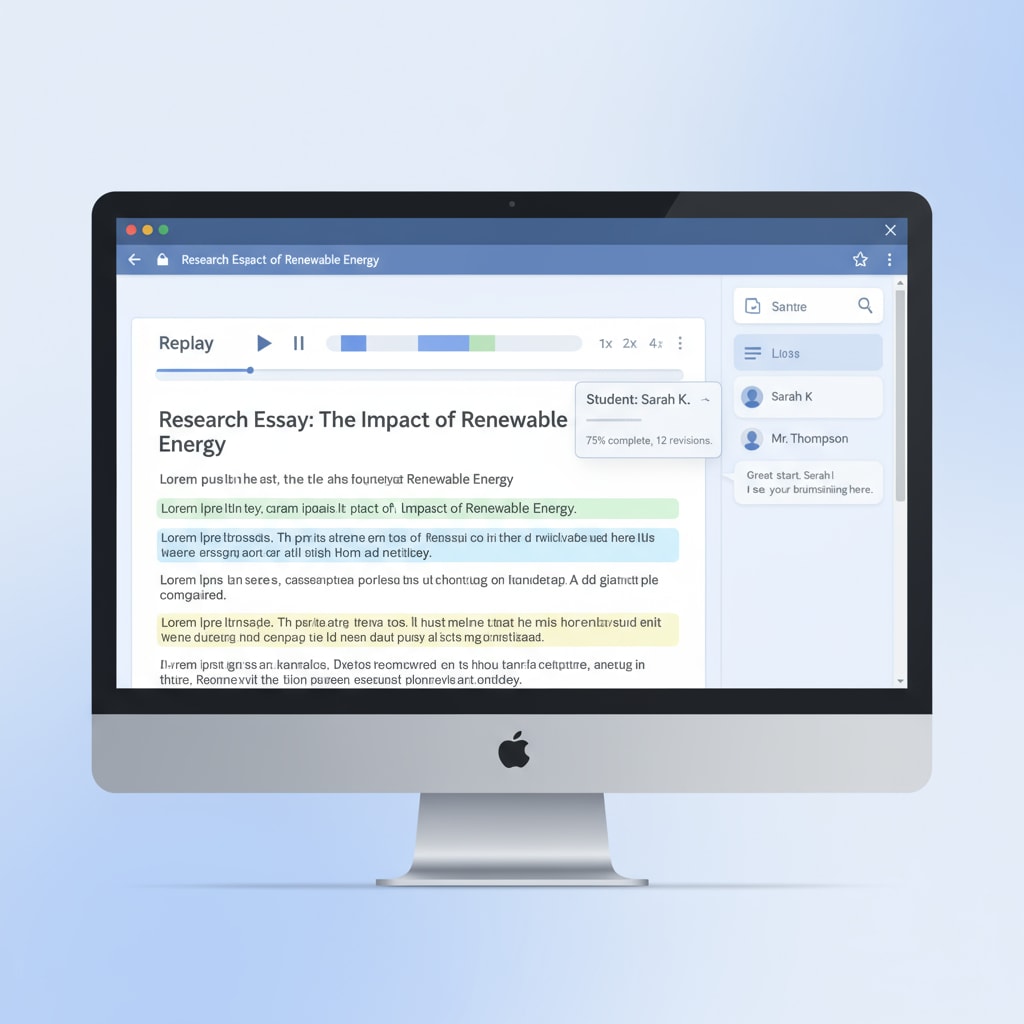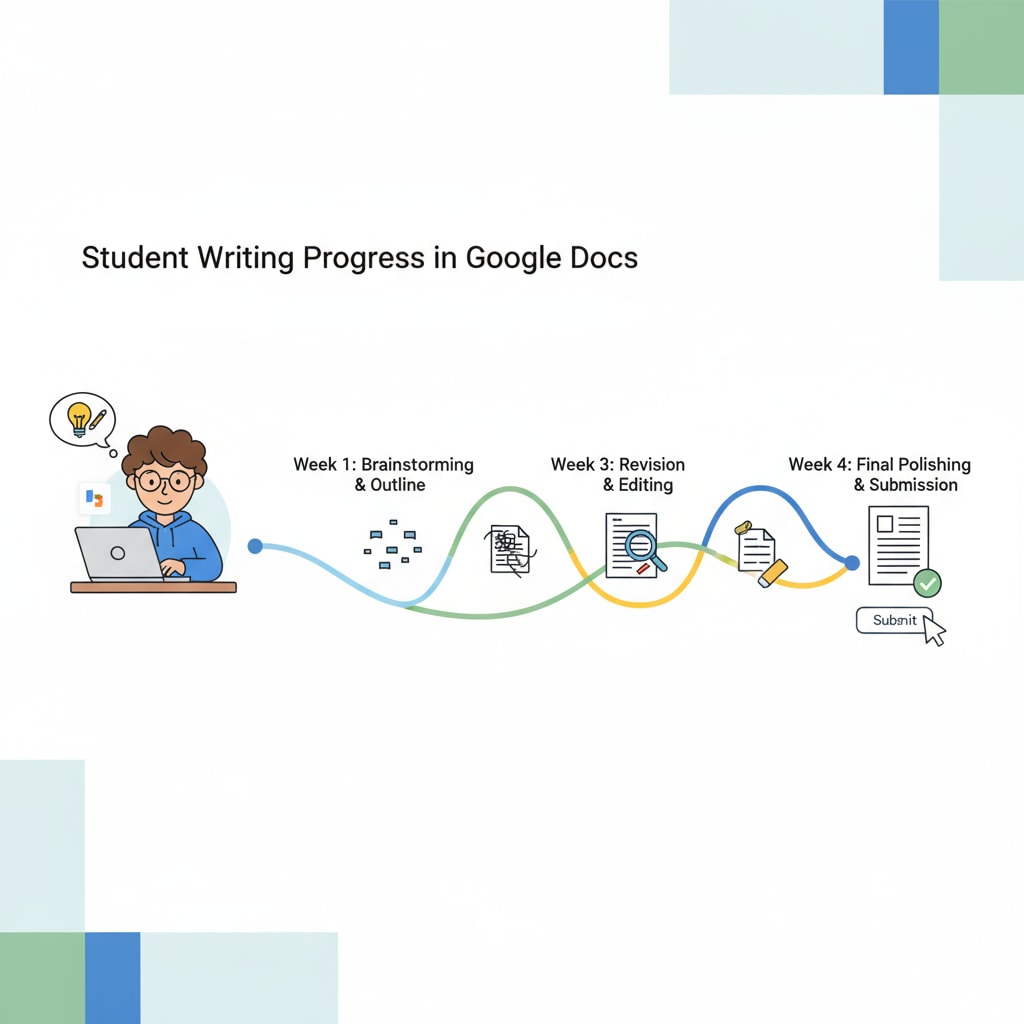Academic integrity, Google Docs replay, and teaching evaluation are crucial aspects in modern education. In today’s digital age, understanding students’ writing processes has become more accessible, thanks to various educational tools. These tools not only play a vital role in maintaining academic integrity but also offer valuable insights for effective teaching evaluation.

Unveiling Academic Integrity through Digital Tools
Academic integrity is the cornerstone of educational institutions. With the rise of technology, ensuring students’ work is original has become a challenge. Digital tools like plagiarism checkers are commonly used to detect copied content. However, Google Docs replay offers a different perspective. It allows teachers to see the step-by-step creation of a document. For example, if a student suddenly inserts a large block of text that seems out of place in the writing timeline, it could be a sign of academic dishonesty. According to Wikipedia’s page on Academic Integrity, maintaining integrity is essential for the credibility of educational qualifications. This feature helps in upholding the principles of academic integrity by providing a detailed record of how a piece of writing was developed.
Google Docs Replay: A Window into the Writing Process
Google Docs replay is a powerful tool that gives teachers an inside look at students’ writing efforts. It shows when a student started working on a document, how often they made edits, and the thought process behind each change. For instance, a student who makes multiple small revisions over time is likely putting in consistent effort. On the other hand, a student who completes a large assignment in one short burst might raise questions. This tool is like a time machine for writing, allowing educators to understand the real journey of a piece of work.

As TechWithTim’s guide on Google Docs features explains, the replay function can be a game-changer in evaluating students’ writing.
In addition to detecting potential academic issues, Google Docs replay helps in identifying students who need extra support. Some students may be struggling but not showing it through their final submissions. By examining the writing process, teachers can see where these students are facing difficulties, such as in organizing their thoughts or constructing sentences. This information enables more targeted teaching interventions, which is a key aspect of effective teaching evaluation.
Readability guidance: The use of short paragraphs and clear explanations helps in understanding the complex relationship between academic integrity, Google Docs replay, and teaching evaluation. Lists can be used to further break down key points, and transition words like ‘however’, ‘in addition’, and ‘for instance’ make the flow of the article smooth.


